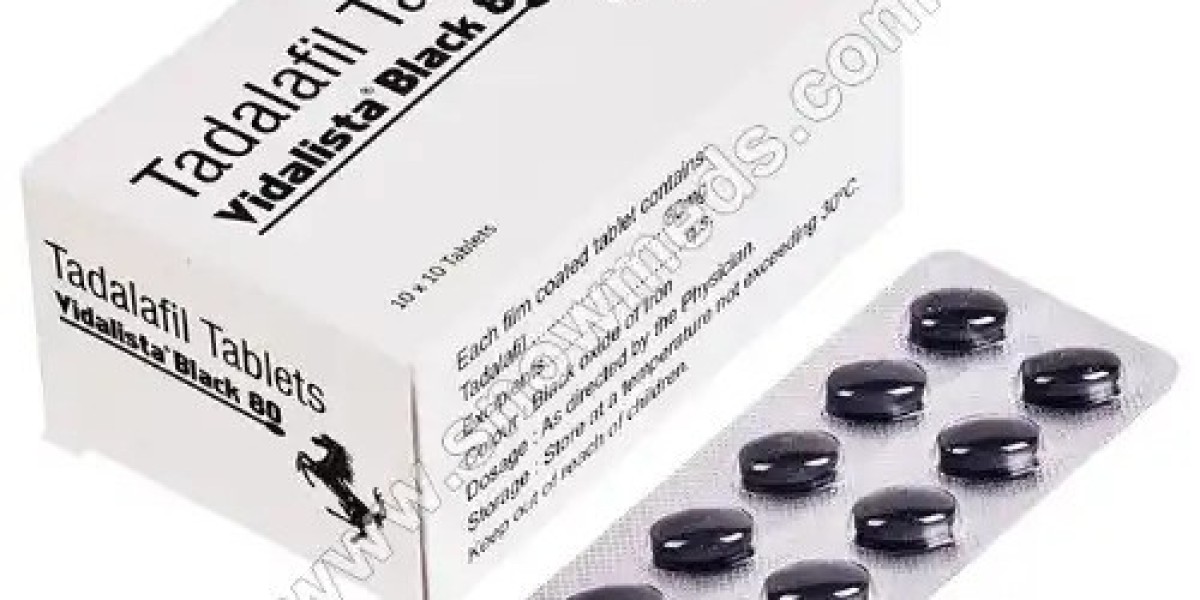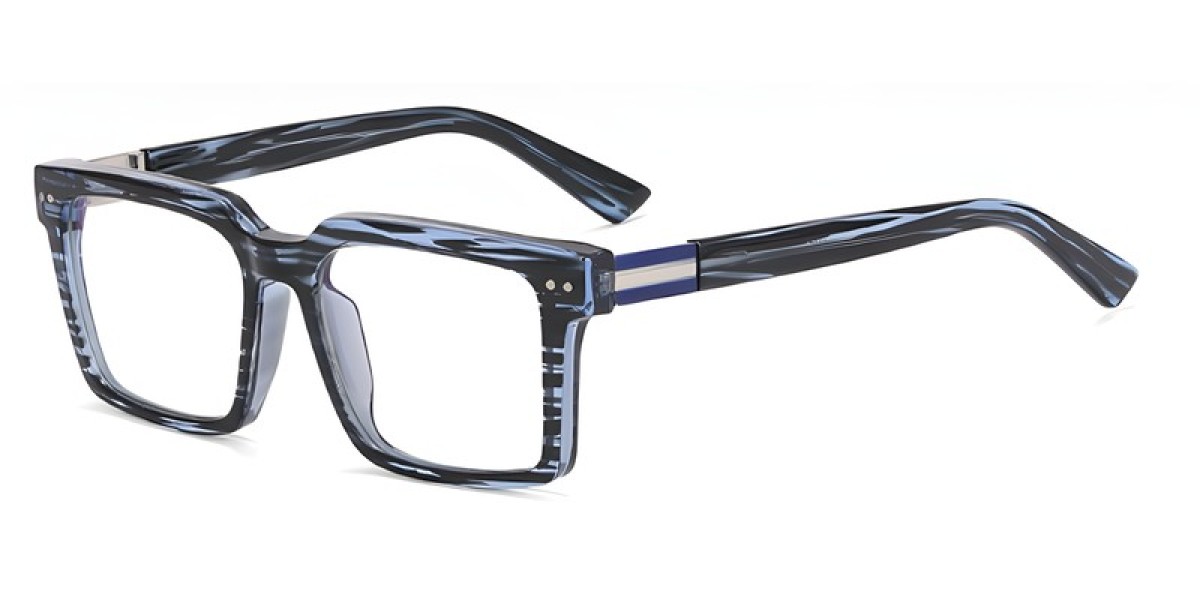Polypropylene (PP) woven fabric is widely used in various industries due to its durability, flexibility, and cost-effectiveness. This guide outlines the step-by-step process of manufacturing PP woven fabric, from raw material selection to the final product.
1. Raw Material Selection
Polypropylene Granules:
- Source high-quality polypropylene granules, which are the primary raw material for producing PP woven fabric.
Additives:
- Incorporate necessary additives such as UV stabilizers, colorants, and antioxidants to enhance the fabric's properties.
2. Extrusion
Extruder Machine:
- Feed the polypropylene granules and additives into the extruder machine.
- Melt the polypropylene at high temperatures to create a viscous liquid.
Filament Production:
- Extrude the molten polypropylene through a spinneret to form thin, continuous filaments.
- Cool and solidify the filaments using a cooling system.
3. Stretching
Orientation:
- Stretch the filaments to align the polymer molecules, enhancing tensile strength and durability.
- Perform the stretching process in a controlled manner to achieve the desired filament thickness and strength.
4. Winding
Bobbin Winding:
- Wind the stretched filaments onto bobbins for easy handling and transportation.
- Ensure uniform winding to avoid entanglement and facilitate smooth weaving.
5. Weaving
Loom Setup:
- Set up the weaving loom with the prepared bobbins.
- Arrange the filaments as warp (longitudinal) and weft (transverse) threads on the loom.
Weaving Process:
- Weave the filaments into a fabric using the loom, interlacing the warp and weft threads in a precise pattern.
- Monitor the weaving process to maintain consistent fabric quality and avoid defects.
6. Lamination (Optional)
Coating:
- Apply a thin layer of polyethylene or other coatings to enhance the fabric's properties, such as water resistance and printability.
- Use a lamination machine to evenly coat the woven fabric.
7. Printing (Optional)
Design Application:
- Print designs, logos, or text on the laminated woven fabric using flexographic or rotogravure printing methods.
- Ensure high-quality and durable prints that can withstand various environmental conditions.
8. Cutting and Sewing
Fabric Cutting:
- Cut the woven fabric into the desired shapes and sizes using cutting machines or manual tools.
- Ensure precise cutting to maintain uniformity and minimize waste.
Sewing:
- Sew the cut pieces into finished products such as bags, tarpaulins, or covers.
- Use industrial sewing machines to ensure strong and durable seams.
9. Quality Control
Inspection:
- Conduct thorough inspections at each stage of the manufacturing process to identify and rectify defects.
- Perform final quality checks on the finished fabric or products to ensure they meet industry standards.
Testing:
- Test the fabric for key properties such as tensile strength, tear resistance, and UV stability.
- Use standardized testing methods to verify the fabric's quality and performance.
10. Packaging and Storage
Packaging:
- Pack the finished PP woven fabric or products in appropriate packaging materials to protect them during transportation and storage.
- Label the packages with relevant information, including batch numbers, product specifications, and handling instructions.
Storage:
- Store the packaged products in a clean, dry, and temperature-controlled environment to maintain their quality.
- Organize the storage area to facilitate easy access and inventory management.
Conclusion
Manufacturing PP woven fabric involves a series of precise and controlled steps, from raw material selection to final product packaging. By following this detailed guide, manufacturers can produce high-quality PP woven fabric that meets the needs of various industries. The process not only ensures durability and functionality but also supports the creation of versatile products that cater to a wide range of applications.








